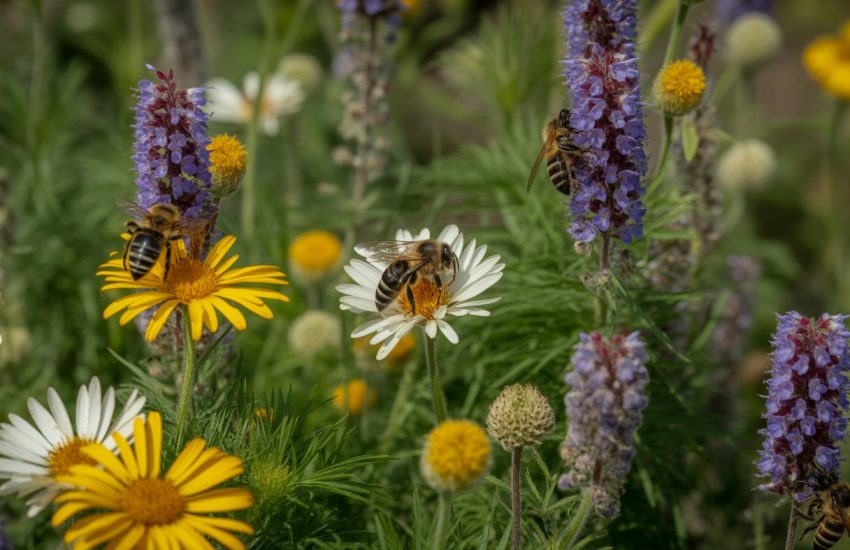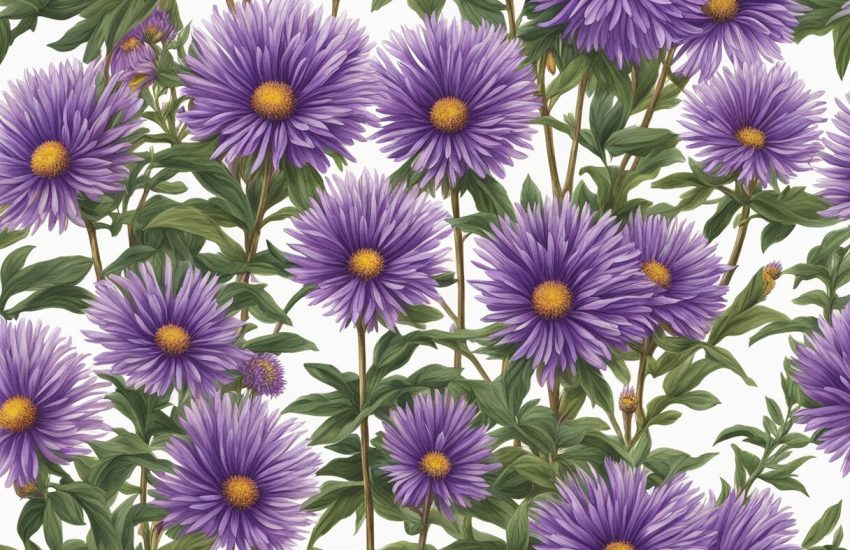Balloon Flower Plant: A Guide to Growing and Caring for Platycodon Grandiflorus
The Balloon Flower plant, also known as Platycodon grandiflorus, is a popular perennial that is native to China, Korea, and Japan. It is a member of the Campanulaceae family and is characterized by its unique balloon-shaped buds that burst open to reveal star-shaped flowers. The plant is named after its balloon-like buds, which resemble small hot air balloons.

The Balloon Flower plant is a hardy perennial that can grow up to three feet tall and two feet wide. It is a low-maintenance plant that is easy to grow and care for, making it a popular choice for both novice and experienced gardeners. The plant blooms in the summer months, producing delicate, bell-shaped flowers in shades of blue, pink, and white. The Balloon Flower plant is also known for its attractive foliage, which is dark green and glossy.
Overall, the Balloon Flower plant is a beautiful and versatile addition to any garden. Its unique balloon-shaped buds and delicate flowers make it a standout plant, while its low-maintenance nature makes it an easy choice for gardeners of all skill levels. Whether planted in a garden bed or container, the Balloon Flower plant is sure to add a touch of beauty and charm to any outdoor space.
Cultivation and Care
Planting Guidelines
Balloon flower plants are easy to grow and care for, making them a popular choice for gardens. They can be planted in the spring or fall, but it is best to plant them in the spring to give them ample time to establish themselves before the summer heat. When planting, it is important to space the plants about 12 inches apart to allow for proper growth.
Soil and Fertilization
Balloon flower plants prefer well-draining soil with plenty of organic matter. It is important to amend the soil with compost or other organic matter before planting to ensure that the soil is rich and fertile. Fertilization should be done in the spring and fall with a balanced fertilizer to promote healthy growth.
Sunlight and Watering Requirements
Balloon flower plants prefer full sun to partial shade, but they can tolerate some shade. They require regular watering, especially during the hot summer months. It is important to keep the soil moist but not waterlogged, as too much moisture can lead to root rot.
Pruning and Maintenance
Balloon flower plants do not require much maintenance, but deadheading can help to promote continued blooming throughout the summer. It is also important to mulch around the base of the plant to help retain moisture and suppress weeds. In the fall, it is recommended to cut back the plant to about 6 inches above the ground to prepare it for winter dormancy.
Overall, with proper care and attention, balloon flower plants can provide beautiful blooms throughout the summer months.
Propagation and Problems
Seed Propagation
Balloon flower seeds can be sown directly into the ground in the spring or fall. The seeds should be planted in well-drained soil and covered with a thin layer of soil. They should be watered regularly until they germinate, which usually takes about two weeks.
Alternatively, seeds can be started indoors in late winter or early spring. The seeds should be sown in a seed-starting mix and kept moist until they germinate. Once the seedlings have developed their second set of true leaves, they can be transplanted into larger pots or into the ground.
Division and Cuttings
Balloon flowers can also be propagated through division or cuttings. Division should be done in the spring or fall, when the plant is not actively growing. The plant should be dug up and the root ball should be divided into smaller sections. Each section should have at least one shoot and a portion of the root system. The new plants should be replanted in well-drained soil and watered regularly.
Cuttings can be taken in the spring or early summer. The cuttings should be taken from the tips of the stems and should be about 4-6 inches long. The bottom of the cutting should be dipped in rooting hormone and then planted in well-drained soil. The cutting should be kept moist until it roots, which usually takes about two weeks.
Pests and Diseases
Balloon flowers are relatively pest and disease-resistant, but they can still be affected by a few common problems. Slugs and snails can be a problem, especially in wet weather. They can be controlled by hand-picking or by using slug bait.
Root rot can be a problem if the soil is too wet or poorly drained. To prevent root rot, make sure the soil is well-drained and avoid overwatering.
Drought and frost can also be problems for balloon flowers. To prevent drought stress, water the plants regularly during dry spells. To prevent frost damage, cover the plants with a frost cloth or other protective covering when frost is expected.


